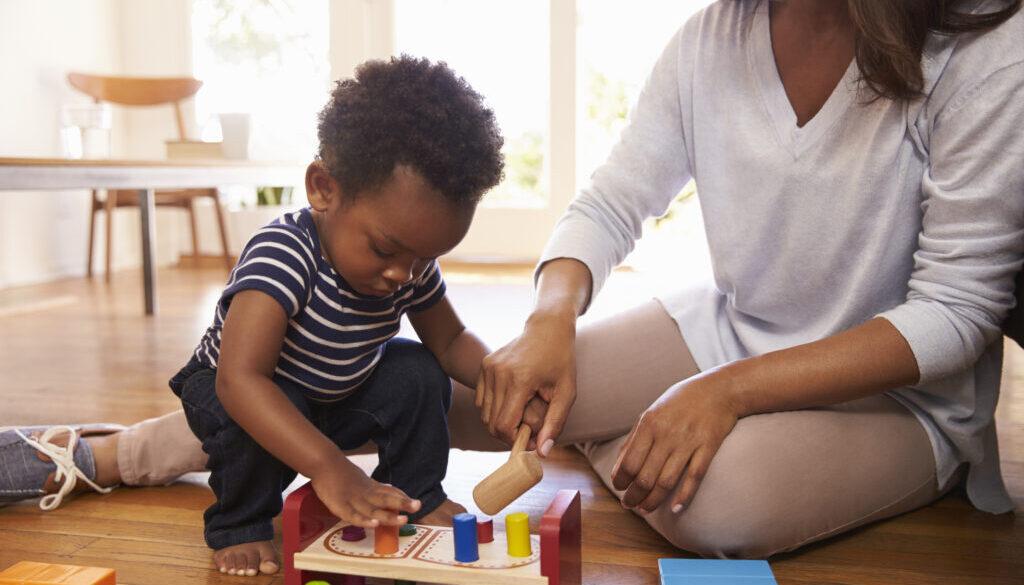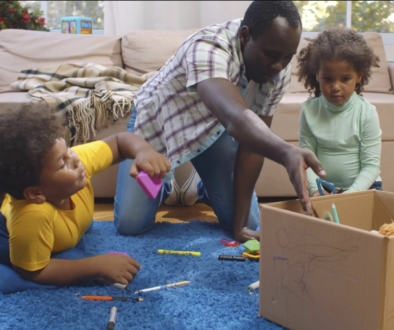Why is my child doing that?

Play schemas are repeated behaviors in play that are essential for the organization of new knowledge and understanding as young children develop. It is believed that play schemas emerge around 18 months and last until about 6 years old. Some children dabble in many schemas at once, while some children move through the schemas one at a time.
Sometimes schema play can be confusing to the eye of an adult, but by repeating actions, children are learning so much! They are organizing their world and discovering spatial awareness, early math concepts, building fine and gross motor skills, and much more!
Schemas help us make sense of the world. They are early mental models of our current thinking. We update them over time as new information comes in. When we identify the schema that our children are in, we can more easily support their play and development! What schema is your child in right now?
8 types of common play schemas:
Connection Schema: Joining, opening, and closing, discovering how things fit together.
How this looks in play… Magnetic tiles, threading beads, building blocks, gluing things together.
Trajectory Schema: Moving objects or their own body by throwing, dropping, or rolling objects or themselves.
How this looks in play… Rolling things down ramps, pouring water, throwing bean bags, or balled up socks at a target, jumping and crashing, rolling on the floor.
Transporting Schema: Gathering objects and moving things from one place to another.
How this looks in play… Packing bags and purses, putting away things, pull toys, pushing a container filled with toys or found items.
Rotation Schema: Exploring the way objects and bodies move in circles.
How this looks in play… Spinning, toys with wheels, drawing circles, twirling ribbons.
Enveloping Schema: Exploring how things can be hidden or covered.
How this looks in play… Hide and seek, covering hands or toys in sensory play, peek-a-boo, wrapping toys in blankets or play silk scarves.
Enclosure Schema: Learning that objects and ideas, can be contained in a discrete space and that anything outside this is a separate entity.
How this looks in play… Building forts, nesting blocks, building walls or fences with blocks, shape sorters, drawing shapes around something (containing it).
Positioning Schema: Organizing things in a particular way.
How this looks in play… Sorting by color and size, puzzles, lining up toys, balancing.
Orientation Schema: Discovering how to see things from a different point of view.
How this looks in play… Hanging upside down, lying flat on the floor when playing with toys, seeing the world from an adult’s shoulders.
Schema play is especially noticeable in toddlers. Bashing, banging, pushing, and pulling – all a part of developmentally appropriate testing of how things work. What does this thing do? What happens if I drop it? Will it break if I hit it? What if I hit it again? Children want the answers to all these questions and will persevere until they have them. They are trying to make sense of the world, one action at a time. You will notice that your child’s interest in each schema diminishes over time. What seemed like an obsession is quickly forgotten once the concept has been mastered.





